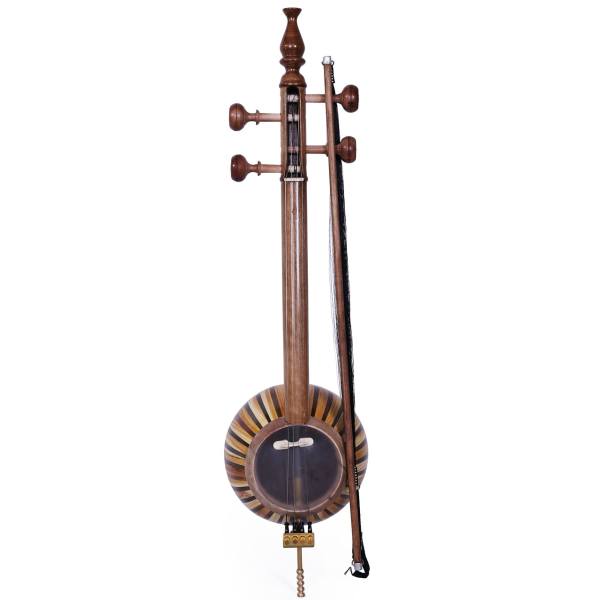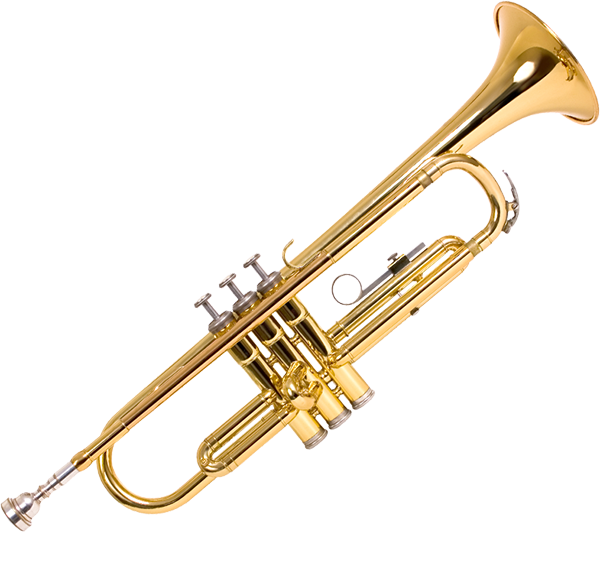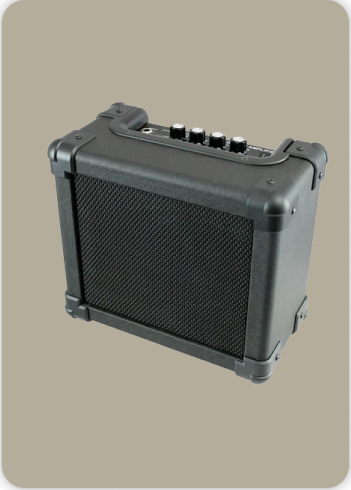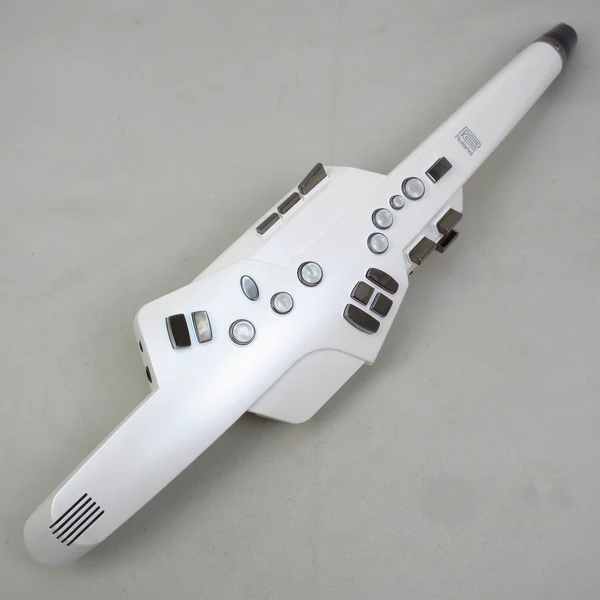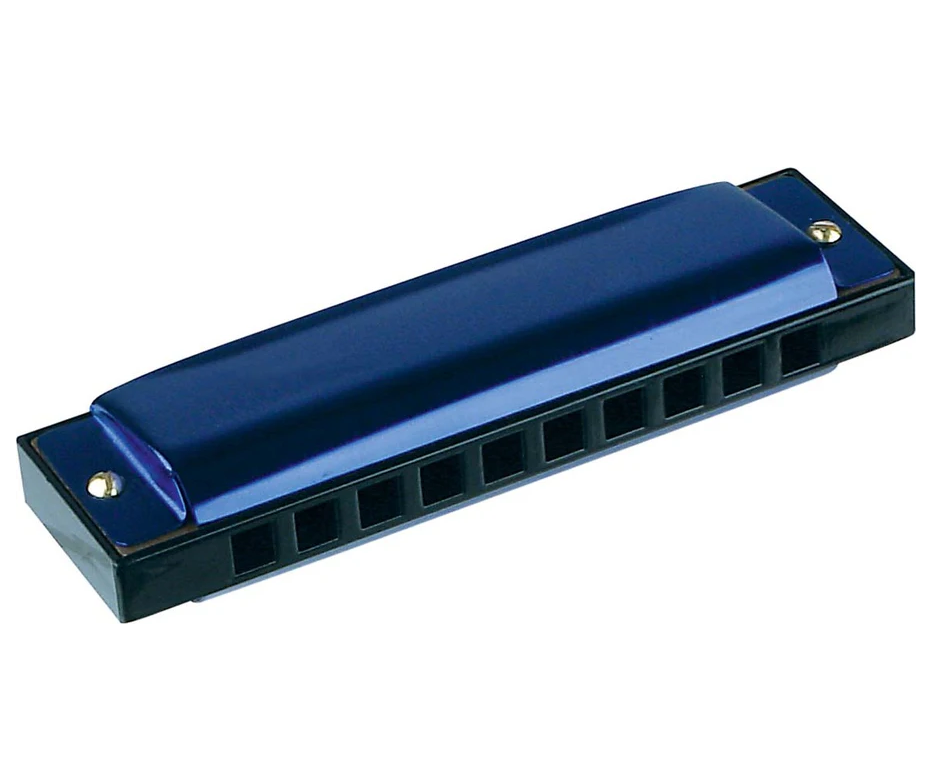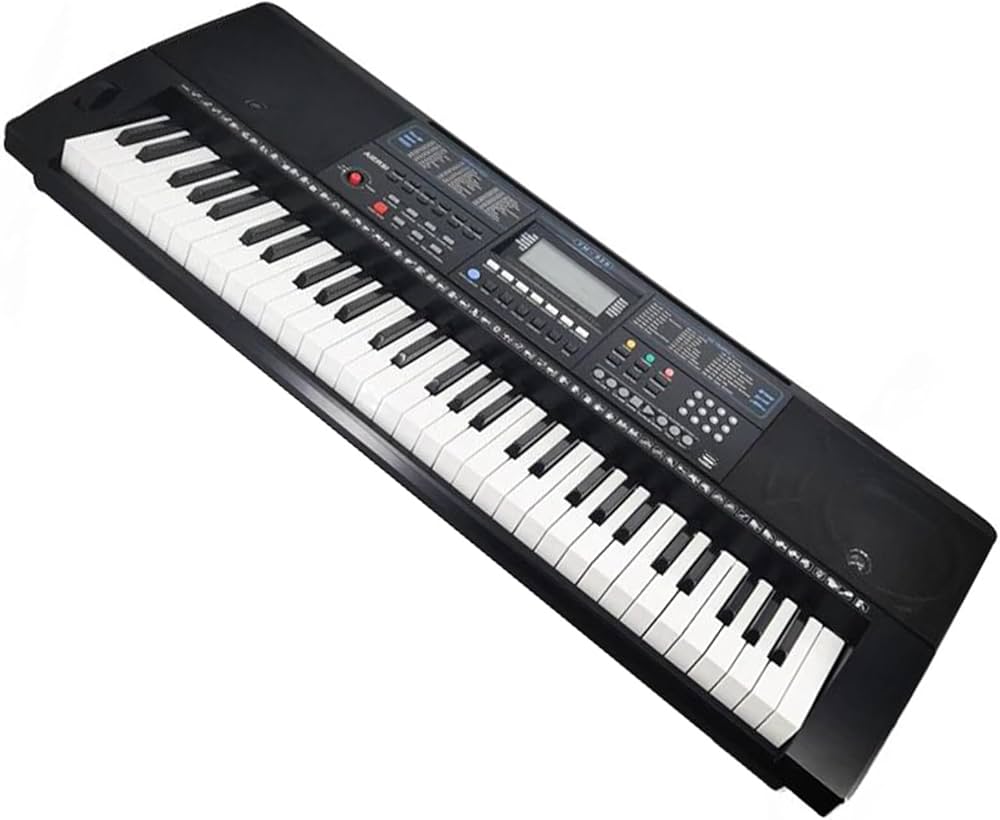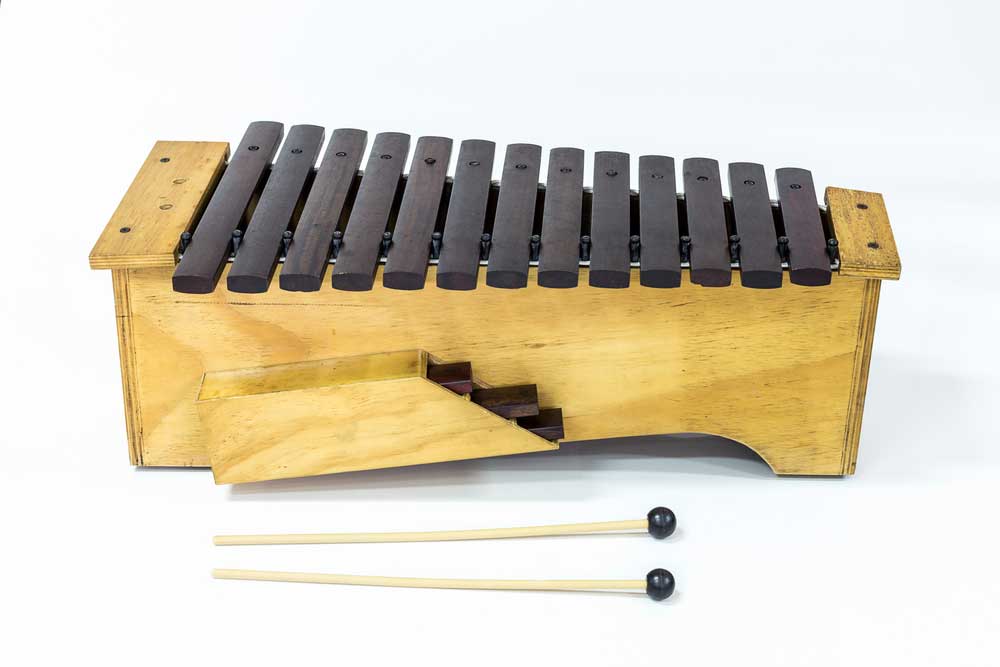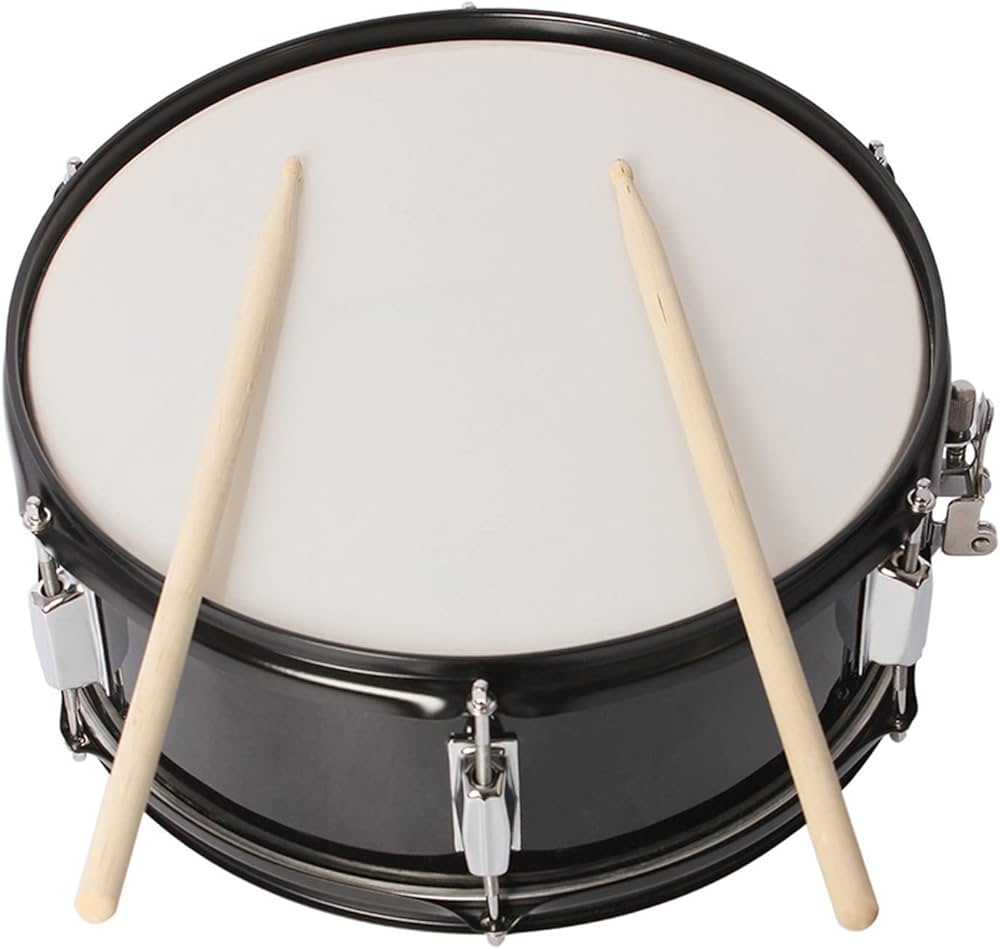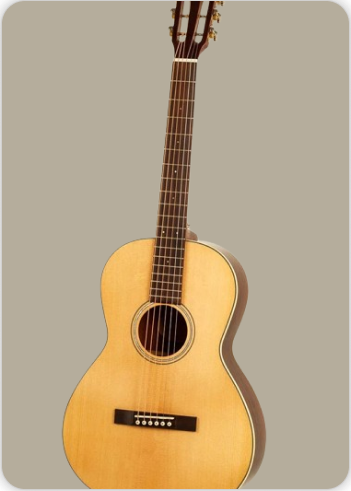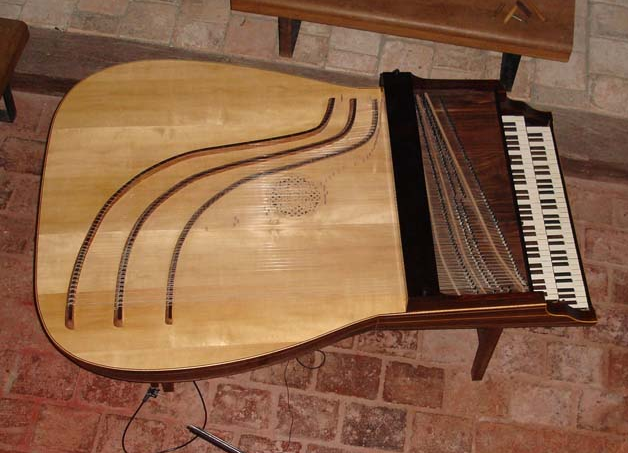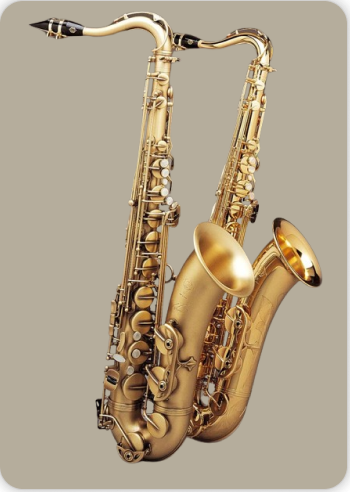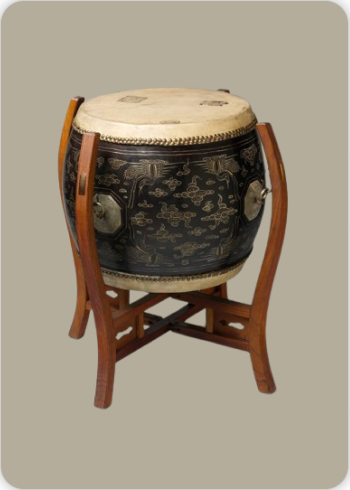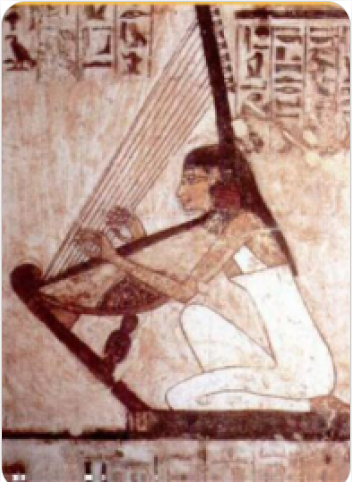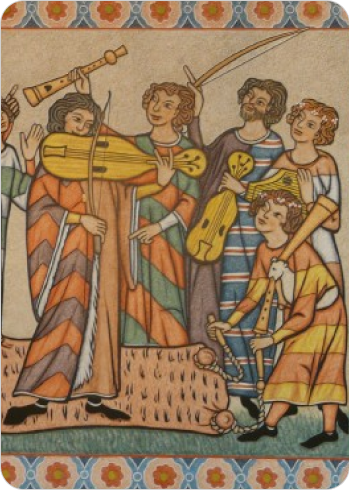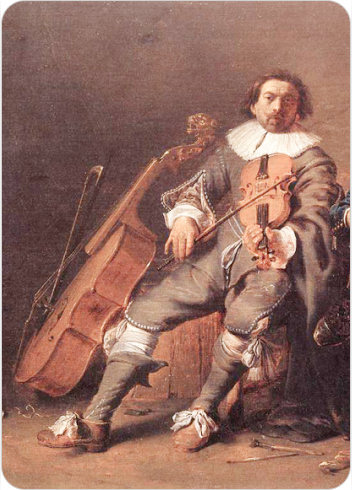Lautenwerck
Keyboard Instruments
Europe
Between 1001 and 1900 AD
Video
The lautenwerck, also known as the lute-harpsichord or keyboard lute, is a unique keyboard instrument from the Baroque period. It is a variant of the harpsichord but distinguished by its use of gut strings instead of metal ones, giving it a sound reminiscent of the lute. This instrument was designed to replicate the delicate, warm, and intimate timbre of the lute while offering the playability and range of a keyboard instrument. The lautenwerck was highly regarded for its ability to produce a mellow tone that could evoke emotional depth and subtlety. Unlike the metallic brightness associated with traditional harpsichords, its gut strings created a softer and more refined sound, making it suitable for intricate and expressive musical compositions.
Type of Instrument
The lautenwerck belongs to the family of keyboard instruments and is closely related to the harpsichord. However, its construction and tonal qualities set it apart as a distinct type. It can be classified as a chordophone since it produces sound through vibrating strings that are plucked by quills or plectra. The lautenwerck is also categorized as a historical instrument due to its association with the Baroque era and its revival in modern times. Its design was tailored to mimic the characteristics of the lute, which was a popular plucked string instrument during the Renaissance and Baroque periods.
History
The lautenwerck originated in Europe during the Baroque period, specifically in Germany in the 17th century. Its invention was inspired by the desire to combine the tonal beauty of the lute with the versatility of a keyboard instrument. The earliest references to this instrument date back to 1511, but it gained prominence in the 17th and 18th centuries. Johann Sebastian Bach, one of history’s most celebrated composers, was particularly fond of the lautenwerck and owned two such instruments at the time of his death in 1750.
Johann Nicolaus Bach, a second cousin of J.S. Bach, was one of the notable makers of lautenwercks. Other prominent builders included Johann C. Fleischer and Zacharias Hildebrandt. Despite its popularity among musicians like Bach, no original examples from this period have survived to modern times. The instrument fell into obscurity after the Baroque era but has been revived in recent decades by modern artisans who reconstruct it based on historical descriptions.
Construction and Design
The construction of the lautenwerck is similar to that of a harpsichord but incorporates several key differences that define its unique sound and appearance. The most significant feature is its use of gut strings instead of metal ones. These gut strings are thicker and under less tension than their metal counterparts, which contributes to their softer tone. In some cases, nylon strings are used as substitutes for gut strings in modern reconstructions. The instrument typically has one manual (keyboard) and may include multiple stops for tonal variation. Some lautenwercks have additional features like brass strings in specific registers or multiple jacks per string to allow for different plucking points along the string’s length. The soundboard is often thinner than that of a harpsichord, which enhances its responsiveness to lighter string tension. Another distinctive design element is its wing-shaped body, which resembles smaller harpsichords. The plectra used for plucking the strings were traditionally made from leather or quill to produce a soft tone that mimics finger-plucking on a lute.
Types of Lautenwerck
There were several types of lautenwercks built during their historical peak:
Standard Lautenwerck: This type closely resembled small harpsichords with one manual and gut strings throughout.
Enhanced Variants: Some instruments included additional stops or registers with brass strings for tonal diversity.
Custom Designs: Certain builders experimented with unique configurations based on specific requirements from musicians or patrons.
Modern reconstructions also vary in their adherence to historical designs, with some incorporating modern materials like nylon strings or synthetic plectra for durability.
Characteristics
The lautenwerck’s defining characteristic is its ability to emulate the sound of a lute while functioning as a keyboard instrument. Its gut strings produce a warm, mellow tone with less sustain compared to metal-stringed harpsichords. This quality makes it ideal for expressive music that requires subtle dynamics and articulation. Another notable feature is its limited need for dampers due to the natural damping properties of gut strings. This allows for an enhanced “over-ring” effect that contributes to its lute-like character. Additionally, tonal variation can be achieved by plucking strings at different points along their length or using different types of plectra.
In terms of playability, the lautenwerck offers a similar experience to other keyboard instruments but requires adjustments in technique due to its unique touch response and tonal qualities.
Revival and Modern Usage
Although no original lautenwercks have survived from the Baroque period, interest in this instrument has been rekindled since the 20th century. Modern artisans like Willard Martin, Keith Hill, and Steven Sorli have dedicated themselves to reconstructing these instruments based on historical descriptions and surviving documentation. Today, early music specialists such as Gergely Sárközy, Wolfgang Rübsam, and Robert Hill perform on reconstructed lautenwercks, bringing its distinctive sound back into contemporary musical practice. Performances often feature works by J.S. Bach and other Baroque composers who appreciated this instrument’s unique capabilities.
Playing Techniques and Sound Modifications
The lautenwerck, also known as the lute-harpsichord, is a keyboard instrument designed to emulate the sound of the lute. Its unique construction, featuring gut strings instead of metal ones, significantly influences its playing techniques. Unlike the harpsichord, where metal strings produce a bright and resonant tone, the gut strings of the lautenwerck generate a softer, mellower sound. This tonal quality allows for expressive playing that mimics the nuanced dynamics of a lute.
One distinctive feature of the lautenwerck is its ability to modify sound by altering the point at which the strings are plucked. Some instruments are equipped with mechanisms that allow players to adjust the position of jacks along the string length. This adjustment changes the timbre, producing tones ranging from flutey and soft to nasal and bright. This innovation mirrors how lutenists achieve tonal variation by plucking strings at different points. Additionally, the absence or selective use of dampers enhances its lute-like resonance, creating a subtle over-ring effect that enriches its tonal palette.
The lautenwerck’s lighter construction compared to harpsichords makes it more responsive to delicate touch. Players often exploit this sensitivity by employing finger techniques that emphasize articulation and phrasing. The instrument’s design encourages an intimate playing style, suitable for conveying intricate Baroque ornamentation and expressive musical lines.
Applications in Music
The lautenwerck was primarily used during the Baroque period and was particularly favored by Johann Sebastian Bach. Bach owned two lautenwercks and composed several works specifically for this instrument. Although these compositions are now often performed on harpsichords or lutes due to the extinction of original lautenwercks, modern reconstructions have revived interest in its repertoire. The instrument was ideal for solo performances and chamber music settings due to its warm and intimate sound. It was particularly effective in performing lute transcriptions and pieces requiring subtle dynamic contrasts. The lautenwerck’s ability to mimic the lute made it a versatile choice for musicians who sought the tonal qualities of plucked string instruments without abandoning the keyboard format. In contemporary times, early music specialists such as Gergely Sárközy, Wolfgang Rübsam, and Robert Hill have championed the lautenwerck in performances and recordings. Their work has contributed to a growing appreciation of this once-forgotten instrument. Modern composers have also begun exploring its unique sound in new compositions, expanding its applications beyond traditional Baroque music.
Most Influential Players
Several musicians have been instrumental in reviving and popularizing the lautenwerck in modern times:
Johann Sebastian Bach: As one of history’s most influential composers, Bach’s association with the lautenwerck has cemented its place in Baroque music history. His ownership of two instruments and his compositions for them underscore their importance during his era.
Gergely Sárközy: A prominent early music specialist, Sárközy has performed extensively on reconstructed lautenwercks, showcasing their capabilities in authentic Baroque interpretations.
Wolfgang Rübsam: Known for his expertise in early keyboard instruments, Rübsam has contributed significantly to recording and performing works on the lautenwerck.
Robert Hill: Another leading figure in early music performance, Hill’s advocacy for historical instruments has helped bring attention to the lautenwerck.
These musicians have not only preserved historical performance practices but also inspired new interest in reconstructing and studying this unique instrument.
Maintenance and Care
Maintaining a lautenwerck requires specialized knowledge due to its unique construction and materials. The gut strings are more fragile than metal ones and require careful handling to avoid breakage. They are also sensitive to changes in humidity and temperature, which can affect their tension and tuning stability. Regular monitoring of environmental conditions is essential to preserve their integrity. The soundboard of a lautenwerck is thinner than that of a harpsichord, making it more susceptible to damage from excessive tension or improper handling. Periodic inspections by skilled technicians are necessary to ensure structural stability. Replacing gut strings demands precision, as incorrect stringing can compromise both tone quality and playability. Additionally, tuning gut strings is more challenging due to their tendency to stretch over time. Players must develop expertise in fine-tuning techniques to maintain optimal sound. The wooden components of the lautenwerck require regular cleaning and occasional polishing with appropriate materials to prevent wear and tear. The jacks and plectra need periodic adjustments or replacements to ensure consistent performance. Overall, maintaining a lautenwerck is labor-intensive but essential for preserving its unique sound.
Cultural Significance
The lautenwerck holds a special place in the cultural history of Baroque music as an instrument that bridged the gap between keyboard and plucked string traditions. Its design reflects an era when instrument makers sought innovative ways to expand musical expression by combining elements from different musical traditions. Johann Sebastian Bach’s association with the lautenwerck highlights its cultural importance during his time. The instrument’s ability to emulate the lute allowed composers like Bach to explore new textures and timbres within keyboard music. Its use in performing lute transcriptions also demonstrates its role in preserving and adapting earlier musical traditions.
Although no original lautenwercks have survived, modern reconstructions have revived interest in this instrument as part of efforts to recreate authentic Baroque performance practices. These efforts underscore its enduring cultural value as a symbol of innovation and artistry in instrument making.
In contemporary culture, the lautenwerck serves as a reminder of the rich diversity of historical musical instruments. Its revival has inspired musicians, scholars, and audiences alike to explore forgotten aspects of musical heritage. By bridging past traditions with modern interpretations, it continues to contribute meaningfully to our understanding of Baroque music and its legacy.
FAQ
What are the main features of the Lautenwerck?
The Lautenwerck is a harpsichord variant with gut strings, producing a lute-like sound. It has a wooden soundboard, a delicate tonal quality, and a plucking mechanism similar to a harpsichord. Its timbre is softer and warmer compared to standard harpsichords.
How was the Lautenwerck used in historical music?
The Lautenwerck was popular in the Baroque era, favored by composers like J.S. Bach. It was used for solo performances, accompaniment, and chamber music. Its lute-like tone made it ideal for expressive, intimate compositions.
What materials were used in the construction of the Lautenwerck?
The Lautenwerck featured a wooden body, gut strings, and a finely crafted soundboard. The jacks and plectra were often made from quill or leather, enhancing its soft plucking sound. High-quality woods like spruce and maple were commonly used.
 Links
Links
References
Other Instrument
Categories
